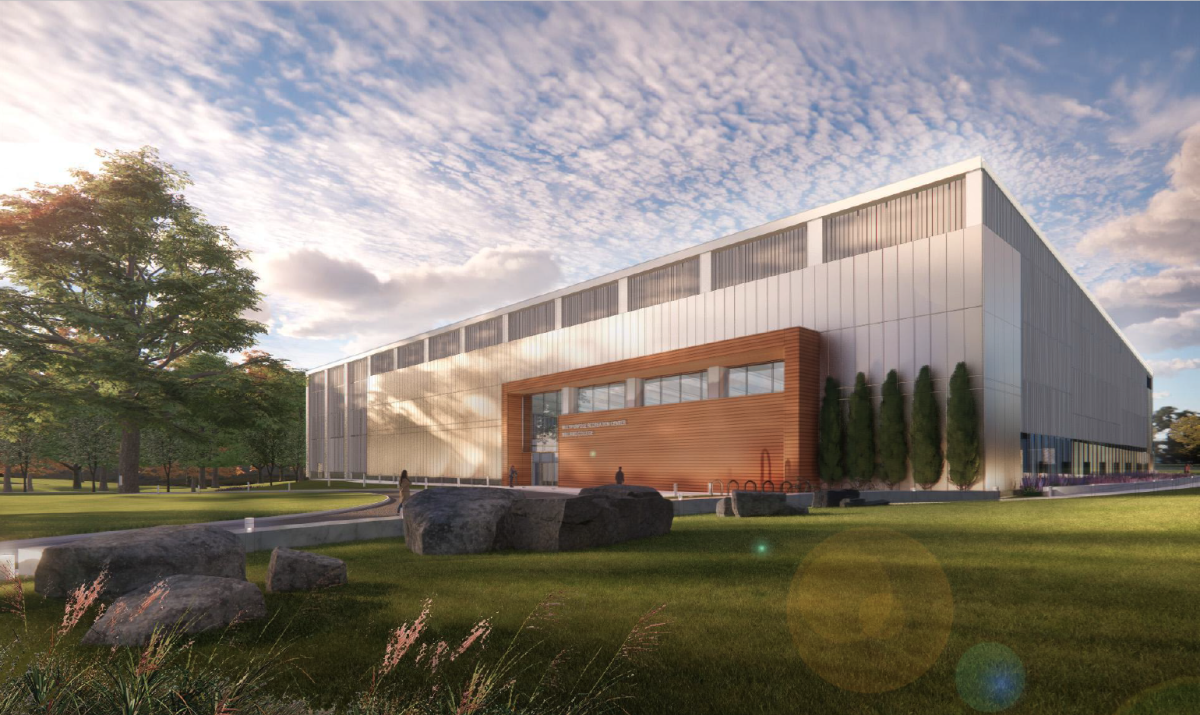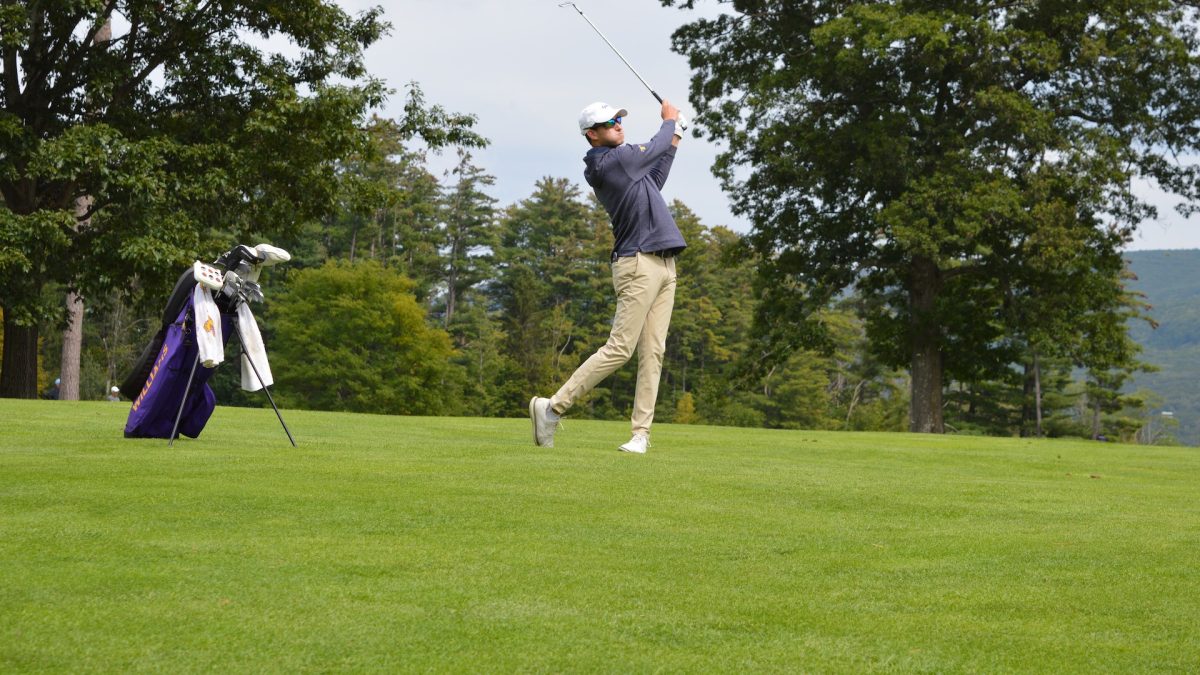Spending this past summer in Falls Creek, Victoria, Australia was one of the best decisions I’ve made. After landing a ski instructing job at this resort in the mountains, I spent about three months working, training and making lifelong Australian friends. Leaving at the end of August was difficult, but I knew I would always be able to return whenever I wanted and revisit my favorite places and people. I would never have thought Mother Nature had the power to completely alter the landscape of Victoria and New South Wales, perhaps permanently.
Resilience is not often the first word people think of while learning about forest fires, especially not the incredibly destructive Australian bushfires that began with a lightning strike in late December 2019. We, the mass public, have been bombarded with somber messages detailing the dramatic damage to homes, businesses, crops, infrastructure, tourism, residents’ overall health, native animals etc. in New South Wales and Victoria.
While bushfires are called natural disasters for a reason, their disastrousness does not come without positive effects. After a bushfire has run its course, the area that was previously up in flames experiences rapid and healthier-than-ever growth. The fire’s heat cracks seed coats and triggers woody seed pods held in the canopy into opening, which induces germination, and the fire clears thick undergrowth, reducing competition for seedlings, according to the NSW Department of Planning, Industry and Environment.
Before digging deeper into the facts online about the Australian bushfires and reaching out to friends and colleagues in Australia, my innately optimistic disposition led me to believe that there was a substantially large positive quality to these bushfires. My naïve mind viewed these bushfires in a similar light as I imagined Indigenous peoples setting controlled fire to their farmland to provide a healthier base for crops in years to come.
Once rainstorms have quelled the majority of flames and more precipitation is forecasted, normally, the burnt land would be able to produce fresh and healthy vegetation, but we are now facing a whole new beast: climate change. Climate change has created an environment in Australia and all over the world in dry areas where bushfires of huge scale are possible. It is neither normal nor natural for such large portions of land to be burned at once with such intensity, and the Australian natural landscape has been so overwhelmed that it will be incredibly hard for the flora, fauna and human community to remain resilient and bounce back. On top of this catastrophe are the rains. While they were necessary to put out the fires, they are much heavier than they would normally be without climate change. The torrential rains wash away much of the soil that is not held in place by the previously burnt vegetation, hence also washing away the newly germinating seeds. Climate change’s extreme weather patterns are truly testing nature’s resilience.
Climate change is also testing human resilience. Historically, we have been able to rely on Mother Nature to take care of Herself. We learned from her and graciously borrowed from her as we began cultivating a more sophisticated lifestyle. Over time, we got greedy and began taking from her without any intention of giving back. Now, we have reached a point on our human timeline where we are forced to face the consequences of what we previously thought were repercussion-free choices. Human resilience is faltering, and it is all because of our conscious decisions to not take care of our Mother Nature. The fact that as Her resilience falters, ours does as well is all the proof we should need to take a hairpin turn and start doing something about our contribution to climate change.
One of my fondest memories from my time in Australia was when three friends and I, two from Australia and one from France, road tripped to Porepunkah for a weekend race. Us four girls stayed with Margeaux, one of my Australian friends, in her father’s house about 30 minutes away from Hotham Resort where the fun ski-from-one-pub-to-another-pub race would take place the next day. We raced in tutus and sports bras, and by the end of the day when we returned to Margeaux’s cute home in Porepunkah, our faces ached from over-giggling and exposure to sunshine.
I have been in touch with Margeaux since the fires began, and she has a lot to say.
“My dad had to clear all the stuff from his house in Porepunkah,” she told me. “There was a day where he asked if there was anything there I needed because it was too late already. We are just lucky he wasn’t there when the evacuation happened the first time. Pretty crazy. We are really lucky. [The fire] ended up going around the back on Mount Buffalo.”
Clean white snow turns to orange fumy fires turns to a world we are unable to inhabit. I want to be able to bring my kids to Porepunkah in 20 years and not have to worry about their lung health. Please be kind to fellow humans and please be kind to Mother Nature.
Magdalen York ’21 is a neuroscience and English major from Anchorage, AK.






